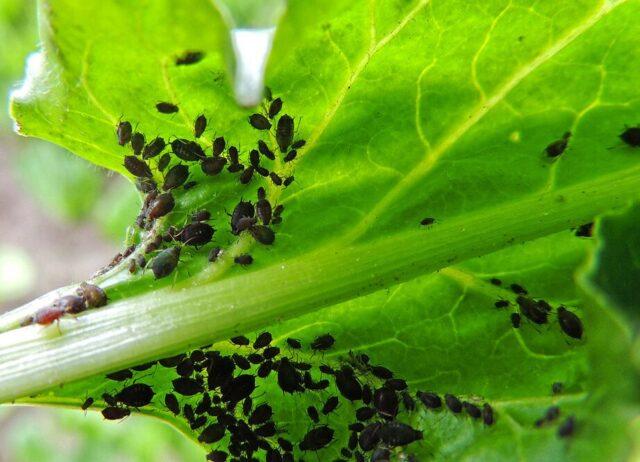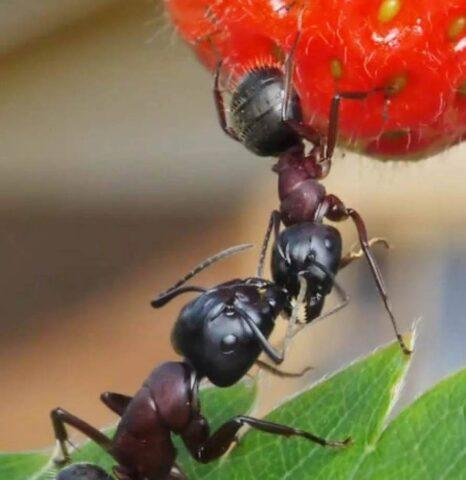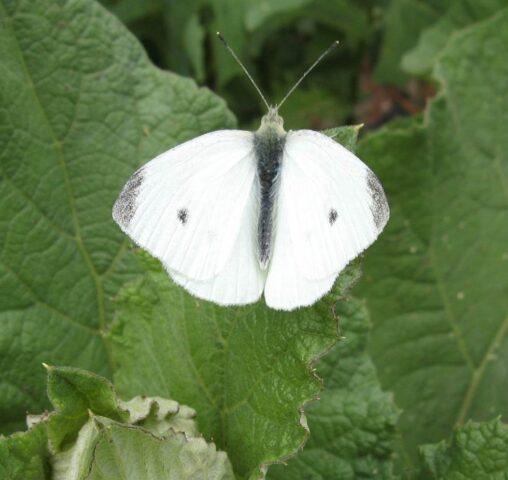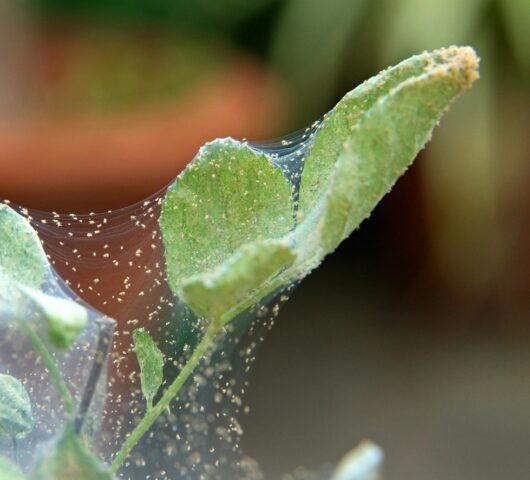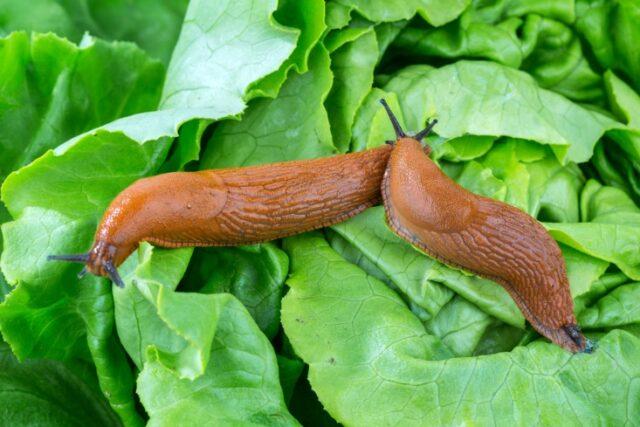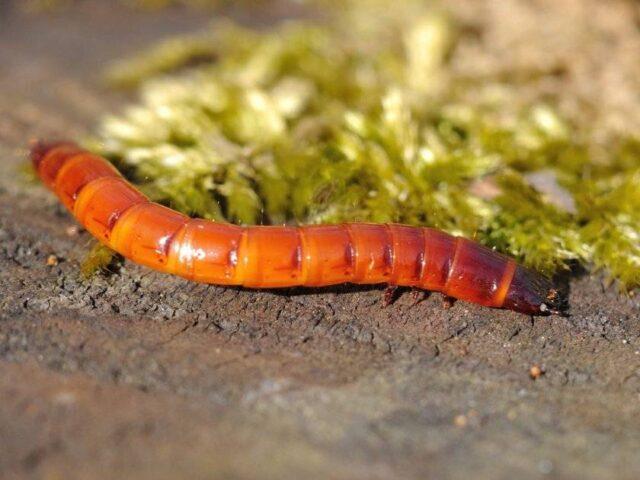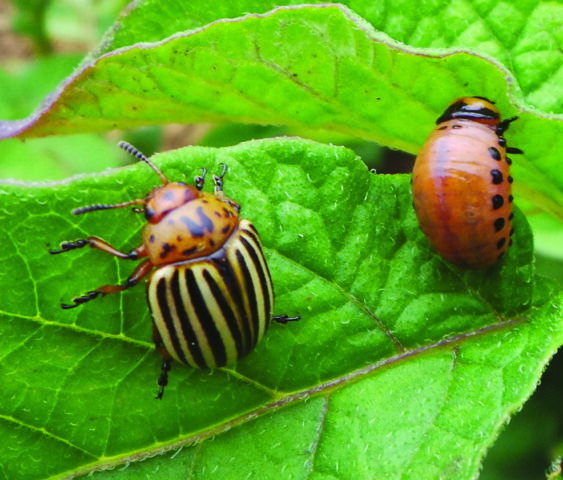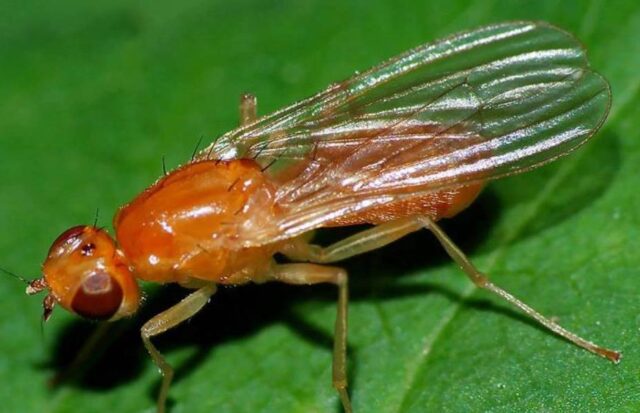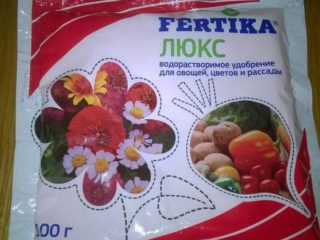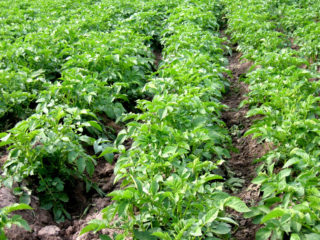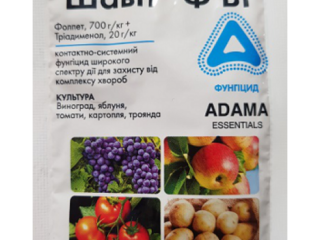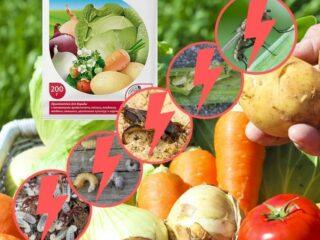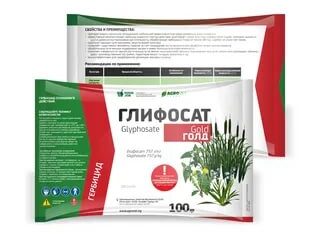Content
The use of organic waste as fertilizer for indoor and garden plants has been practiced for quite a long time and demonstrates good effectiveness. Orange peels as a fertilizer are versatile and suitable for any crop. They are also successfully used to repel pests. This product is completely safe for human health and the environment, so it can be used at any stage of the growing season.
Pros and cons of orange peel fertilizer
The possibility of using orange peel as a fertilizer in the garden and at home is due to the presence in it of a sufficiently high concentration of basic macroelements that are vital for any plant - sodium, potassium and phosphorus. They are also rich in rarer substances that garden crops and house flowers also need:
- calcium;
- magnesium;
- iron;
- zinc;
- copper;
- selenium;
- manganese;
- boron
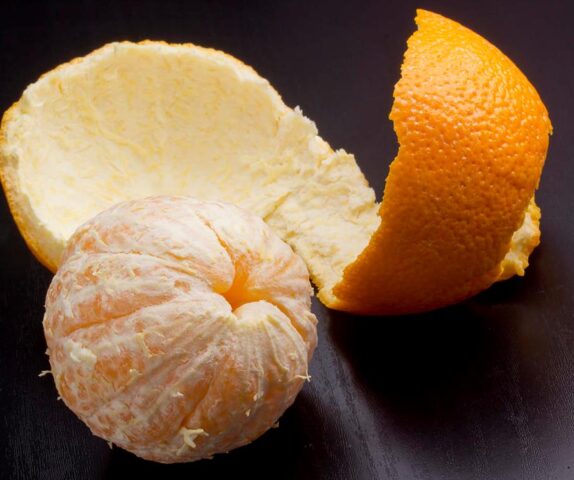
Citrus fruits are available year-round and are relatively inexpensive
In addition to the complex composition, the “non-traditional” use of orange peels has other advantages:
- versatility);
- no restrictions on use during flowering and fruiting;
- environmental cleanliness and health safety;
- "multifunctionality";
- ease of preparation of fertilizing.
There are no disadvantages to orange peel fertilizer made from high-quality raw materials. But if peels affected by mold, rot, or other pathogenic fungi are used for this, the gardener himself infects the plants with them.
If you are overzealous with orange peel fertilizer, especially for indoor plants, you can change the acid-base balance of the soil. Acidified soil is not suitable for all crops.
What plants love orange peels?
In principle, orange peel fertilizer is suitable for any plant. But crops that prefer a substrate of varying degrees of acidity (from moderate to strong) react most “favorably” to it. The list includes:
- potato;
- carrot;
- spinach;
- turnip;
- radish;
- radish;
- watermelon;
- melon;
- pumpkin;
- japonica;
- dogwood;
- black currant;
- blackberry;
- blueberry;
- honeysuckle.
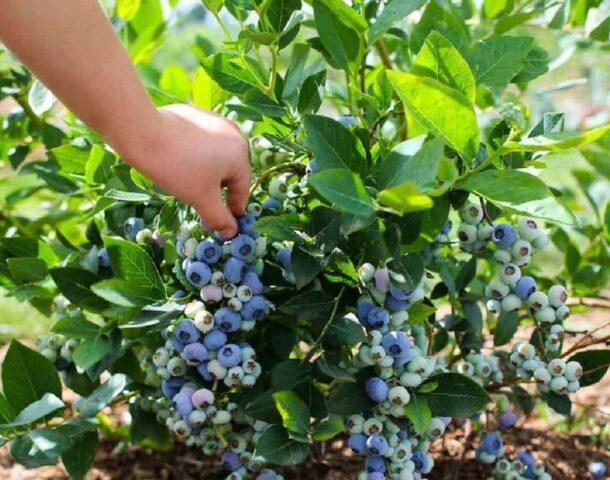
Blueberries need acidic soil; they do not survive in a substrate with a different pH.
Among garden ornamental plants, orange peel fertilizer is best suited for:
- lilies;
- phlox;
- forget-me-nots;
- lilies of the valley;
- lupins;
- azaleas;
- hydrangeas;
- rhododendrons;
- ferns;
- any coniferous plants;
- heather.

Depending on the acidity of the soil, some varieties of hydrangeas change the color of their petals
Indoor flowers that prefer acidic soil, for which orange peel is suitable as fertilizer:
- camellia;
- azalea;
- cyclamen;
- fuchsia;
- begonia;
- pelargonium;
- monstera;
- asparagus.
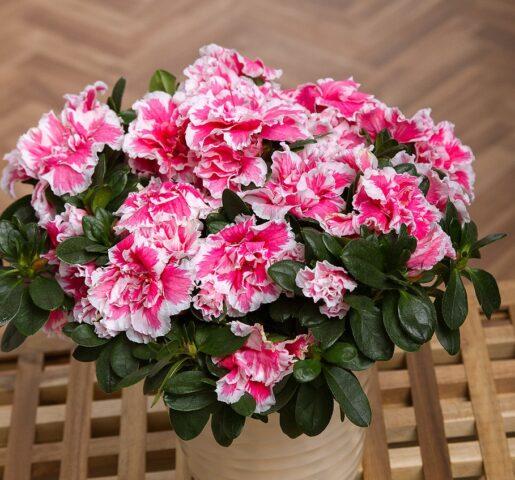
Both home and garden azaleas prefer an acidic substrate.
Using orange peels as fertilizer
Regardless of the chosen method of using orange peel as a fertilizer for the garden and home, it is important to properly prepare the “raw materials” if you do not plan to use it immediately. The peel is dried naturally or in an oven or electric dryer. In winter, it is stored in a cool, dry place to avoid the development of mold, rot, and other fungi.
Orange peels as fertilizer for indoor flowers and seedlings
For indoor plants, orange peels can be used in their “pure form”. They are dried, ground in a coffee grinder or blender and added to the finished soil (1.5-2 tbsp per liter).

If the root system of the flower is superficial, the powder is embedded in the soil to a depth of 3-7 cm during loosening
Foliar feeding is prepared from both fresh and dried orange peels. The recipe for fertilizer for flowers is very simple: fill the container about a third with raw materials, add boiling water to the brim. The liquid is infused in a dark place under a tightly closed lid for about a day.
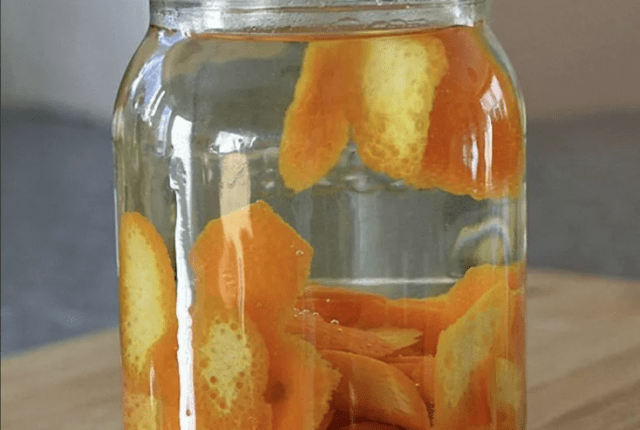
Before use, the infusion is always filtered and diluted halfway with water.
Orange peel fertilizer for indoor plants is used no more than once every 10-12 days. A maximum of a liter of fertilizer is used per flower, given its size.
Seedlings of crops that successfully take root in acidic soil can be grown in “cups” made from orange peels. Citrus fruits are cut in half, the pulp is eaten, and the remaining halves of the peel are filled with soil. Since the “pots” are small, seeds of plants that later need picking are planted in them.
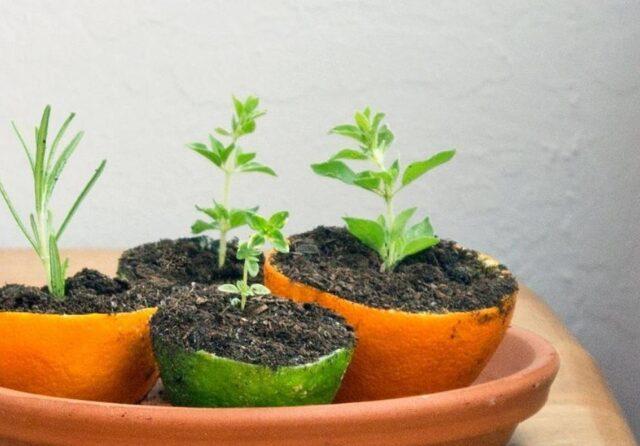
“Cups” are suitable for pumpkins, cucumbers and zucchini, which are transferred to the garden bed almost immediately after germination
Fertilizing with orange peels in the garden
To fertilize garden plants, dry or fresh orange peels are crushed and added dropwise to the garden bed or tree trunk 2-3 times per season. They not only saturate the soil with useful substances, but also become a breeding ground for beneficial soil microflora.
It is useful to add crushed orange peels to the compost heap, subsequently obtaining a universal, balanced fertilizer. They fall under the category of nitrogen-rich organic waste.

The peel is completely harmless to earthworms and other fauna that process organic matter.
An infusion of orange peels is also suitable for fertilizing garden plants. It is prepared according to the same instructions as for indoor flowers. Feeding is carried out every 2-2.5 weeks. For 1 m² of beds, 1.5-2 liters of liquid are consumed.

For trees and shrubs, the fertilizer consumption rate is determined based on their dimensions
How to use citrus peels against pests
Orange peels will be useful to gardeners and lovers of indoor plants not only as a complex fertilizer, but also as a means of repelling pests. The zest contains high concentrations of limonene, which is “responsible” for the characteristic odor and its persistence. For many insects, this substance is toxic; it “corrodes” the surface shells.
How to protect plants from various pests using orange peel fertilizer:
- Aphids and thrips. A glass of powdered “raw material” is poured with a liter of boiling water, the container is closed, and left for 4-5 days. The finished liquid is filtered, and the affected plants are treated with a fine spray, paying special attention to the underside of the leaf blades, leaf axils, and other “hard-to-reach” places.
If the aphids have not had time to reproduce en masse, 2-3 treatments with an interval of 3-4 days are enough
- Ants. Having discovered ant “paths,” dried and powdered orange peels are scattered along them. Fresh and dry peels are laid out on and around the anthill. To prevent the spread of insects in tree trunk circles and in beds with cultivated plants, it is recommended to scatter crushed crusts on the soil once every 7-10 days, while simultaneously providing them with fertilizer.
Ants don’t like the smell of citrus fruits: it doesn’t kill them, but it drives them away from the plantings, forcing them to look for other habitats.
- Cabbage, hawthorn, white butterfly, cutworm, other butterflies. During the period of maximum insect activity, which occurs in the second half of May and early June, plant leaves are sprayed every 4-5 days with the same infusion of orange peels as used to combat aphids.
The pungent odor drives away butterflies, preventing them from laying eggs on the leaves.
- Spider mite.Having discovered a pest, the plantings are treated according to the same scheme as against aphids. But a more “strong” solution is prepared: 2 cups of dried orange peels crushed into powder and 2-3 tbsp. l. fresh or dried wormwood.
Folk remedies against spider mites are ineffective, but orange peel infusion is an exception
- Slugs. Unlike many pests, slugs really like the smell of orange peels. This feature is used when constructing homemade traps. A cut plastic bottle is dug into the soil and fresh peels are placed at the bottom.
Approximately once a week, the contents of the trap are updated, while simultaneously destroying the slugs caught in it.
- Wireworms and cockchafer larvae. To protect potatoes from these pests, a little fresh or dried orange peel is placed in each hole when planting a tuber, at the same time repelling pests and providing the plants with fertilizers.
Contrary to popular belief, wireworms do not only attack potatoes.
- Colorado beetle. To protect potatoes from pests, fresh orange peels are placed between the rows. Or they combine the fight with fertilizer, spraying the bushes with its infusion.
The Colorado potato beetle does not react in any way to dry crusts; the smell is not intense enough for it
- Carrot fly. Dry crushed orange peels are buried in the soil in the fall and spring when preparing the beds. From the moment shoots emerge until harvest, carrots are watered with an infusion of fresh or dry peels every 7-10 days, driving away pests and adding fertilizer.
Several generations of carrot flies appear over the course of a season, so fertilizer made from orange peels that repels it is applied regularly
Conclusion
Orange peels are successfully used as a fertilizer and pest repellent on both indoor and garden plants. Their effectiveness in this capacity is due to their rich chemical composition and high concentration of essential oils. The substrate is saturated with macro- and microelements necessary for plants for normal development; the pungent odor is unpleasant to many insects. Preparing fertilizer is not difficult; it can be used with virtually no restrictions.
